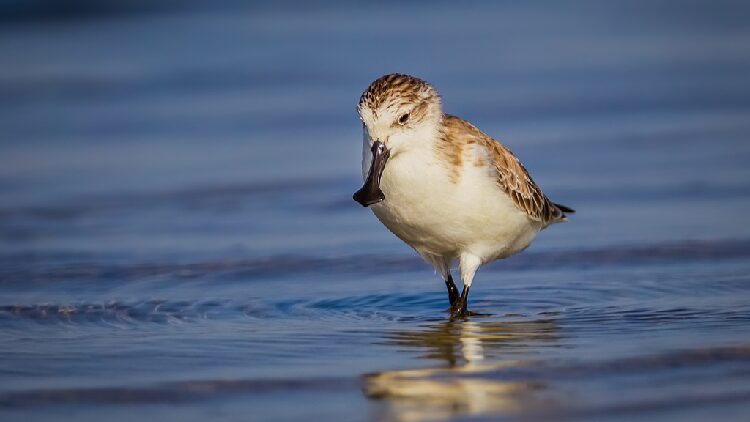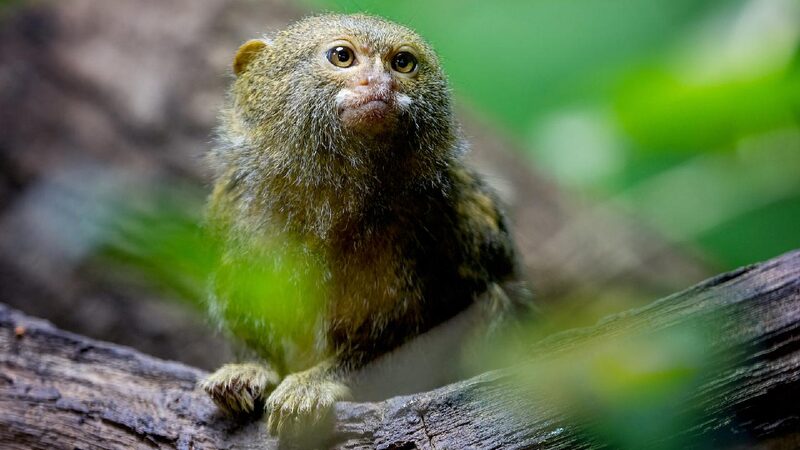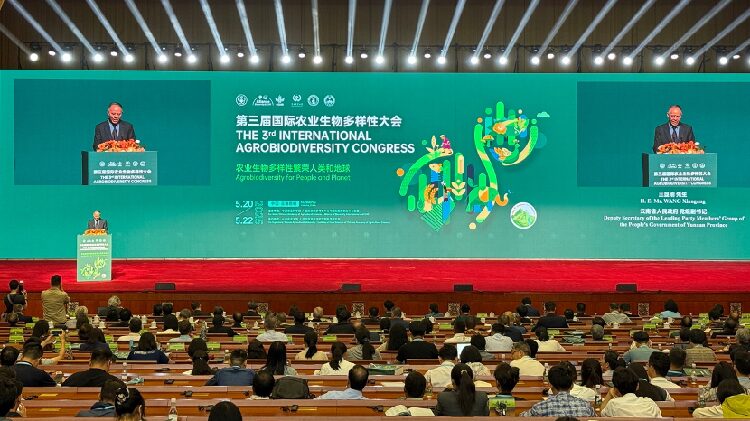On March 3, the world celebrates the 12th World Wildlife Day with the theme “Financing Wildlife Conservation: Investing in People and the Planet.”
This year’s theme highlights the crucial role of financial investment in protecting wildlife, essential for maintaining ecological balance, providing ecosystem services, and supporting human livelihoods. However, threats like illegal trade, habitat loss, and climate change continue to endanger global wildlife.
Despite the pressing need, there’s a significant global funding gap for biodiversity conservation. Effective conservation efforts require adequate financial support, and innovative financial instruments are being introduced to bridge this gap.
In March 2022, the International Bank for Reconstruction and Development, part of the World Bank, launched the world’s first Wildlife Conservation Bond, known as the “Rhino Bond.” The proceeds directly support the restoration of the black rhino population in South Africa’s Kruger National Park.
In February 2025, the resumed sessions of the 16th Conference of the Parties to the Convention on Biological Diversity (COP16) concluded in Rome, adopting a landmark financial mobilization plan to advance global biodiversity efforts. Over three days of negotiations, parties reached a consensus on the “Mobilizing Financial Resources for Biodiversity” strategy, aiming to secure $200 billion annually by 2030 from various funding sources. Of this, $20 billion will come from international financial flows by 2025, increasing to $30 billion by 2030.
A key outcome was the launch of the Cali Fund, a new financing mechanism supported by private sector contributions from entities that commercially utilize genetic resource data. The fund ensures that at least 50% of its resources are directed to indigenous people and local communities, recognizing their vital role as custodians of biodiversity.
China has prioritized biodiversity conservation as a national development strategy. Ecological civilization and green development have been key topics, with biodiversity financing gaining significant attention. Ren Hai, a deputy to the National People’s Congress, suggested improving the ex-situ conservation network and establishing a national zoo system to enhance biodiversity conservation.
Meanwhile, China’s National Forestry and Grassland Administration has actively responded to proposals, working with relevant departments to advance conservation policies. In recent years, China has implemented several biodiversity financing initiatives. In 2021, the Bank of China issued the country’s first biodiversity-themed green bonds valued at 1.8 billion yuan (approximately $250 million). The funds were allocated to ecosystem restoration efforts, including nature reserve construction, afforestation, and land and marine conservation.
Financing wildlife conservation is a crucial aspect of global ecological protection. As biodiversity challenges become more urgent, establishing stable and efficient financial mechanisms is essential to ensure funding effectively supports conservation efforts. Through innovative financial tools, regulatory improvements, and strengthened international cooperation, the world can secure stronger financial support for wildlife conservation and work collectively to safeguard the future of people and the planet.
Reference(s):
Financing wildlife conservation to protect our shared future
cgtn.com








